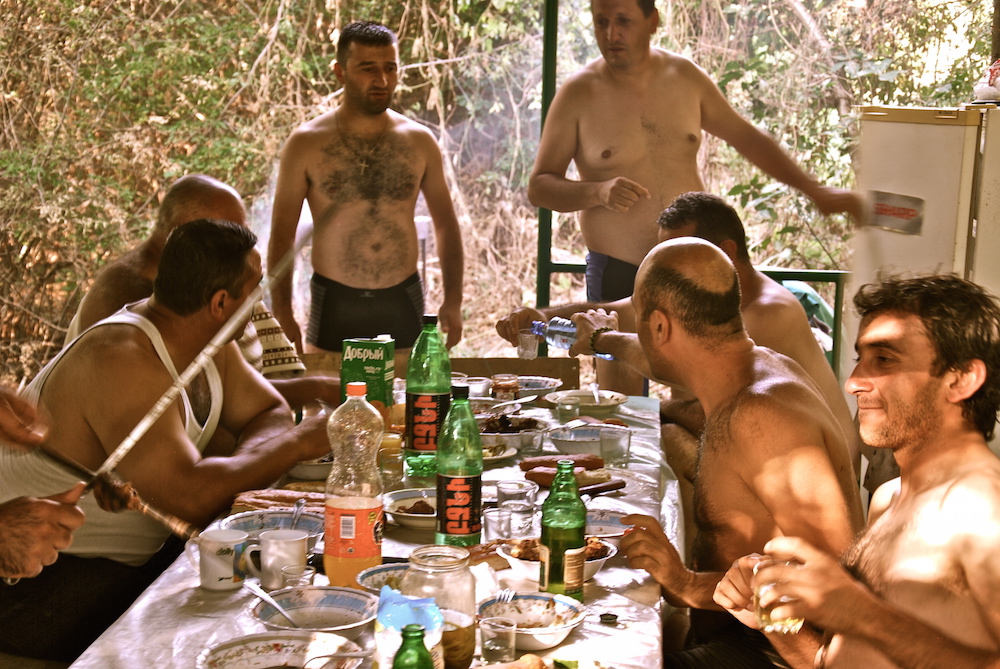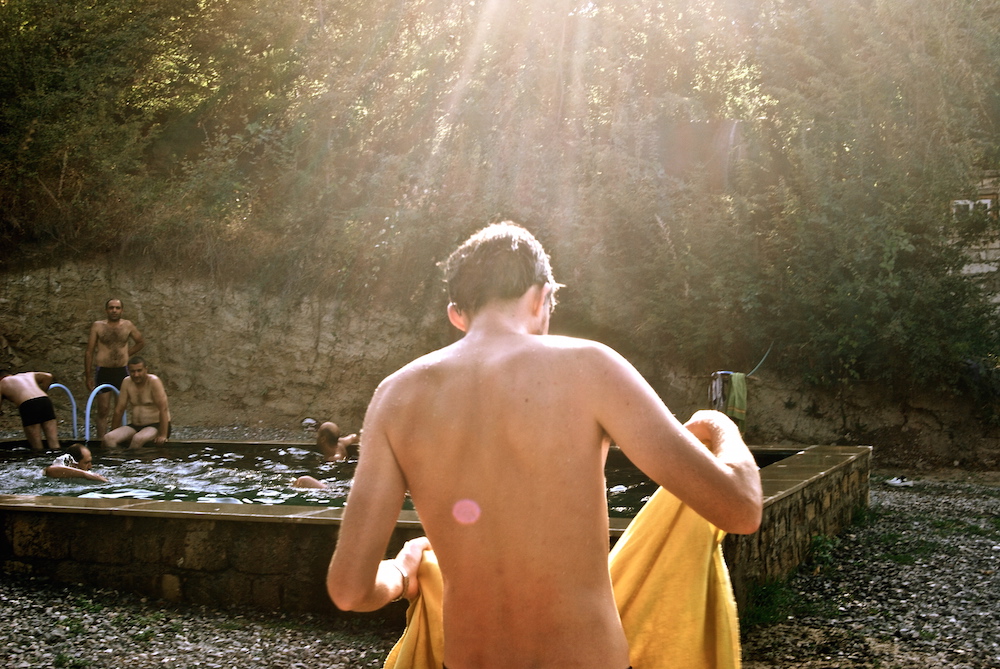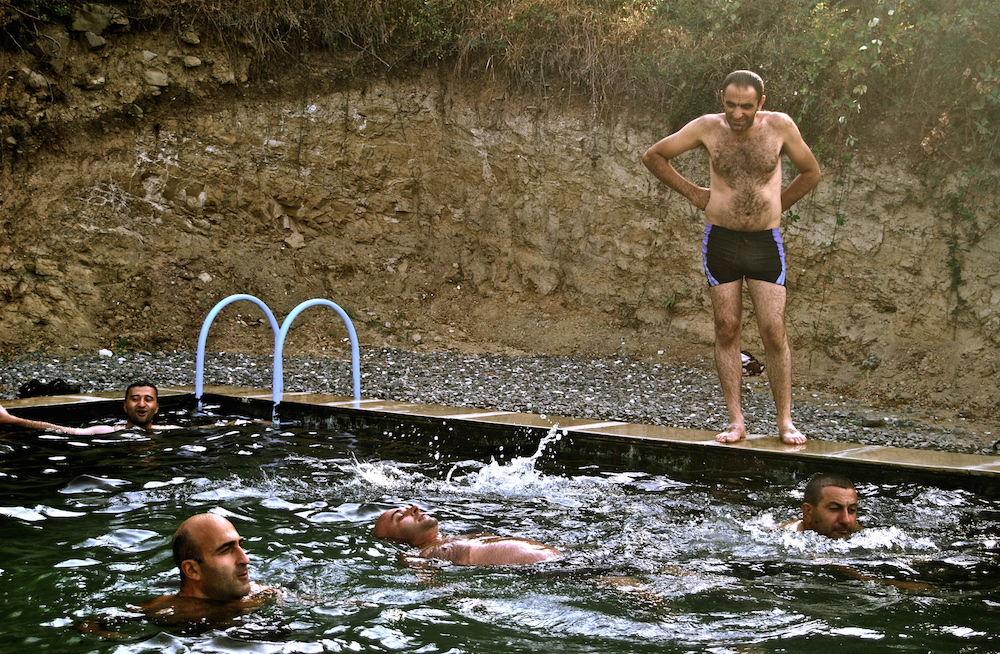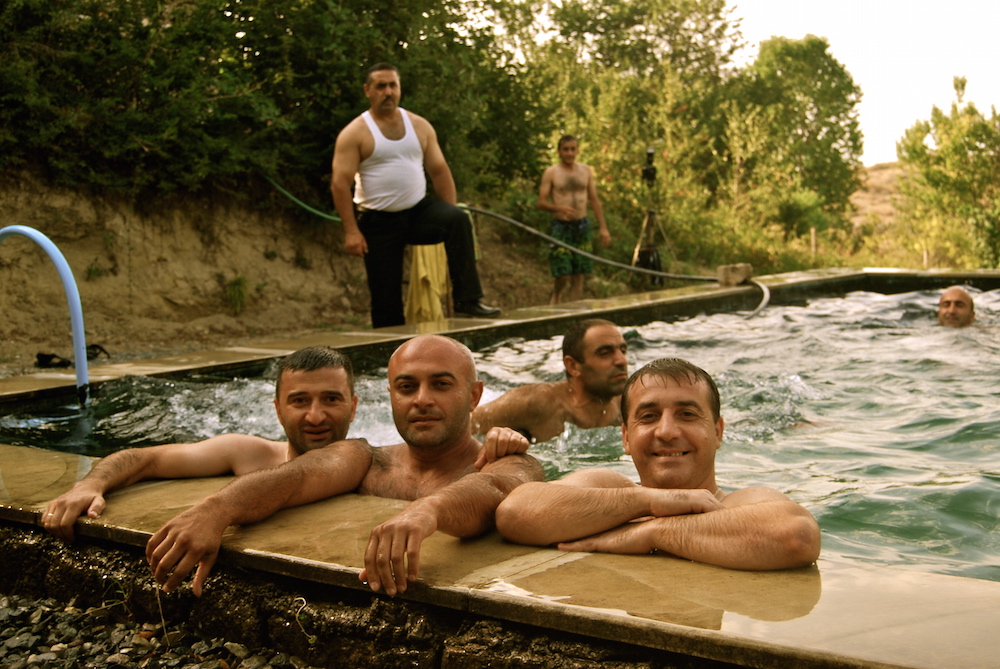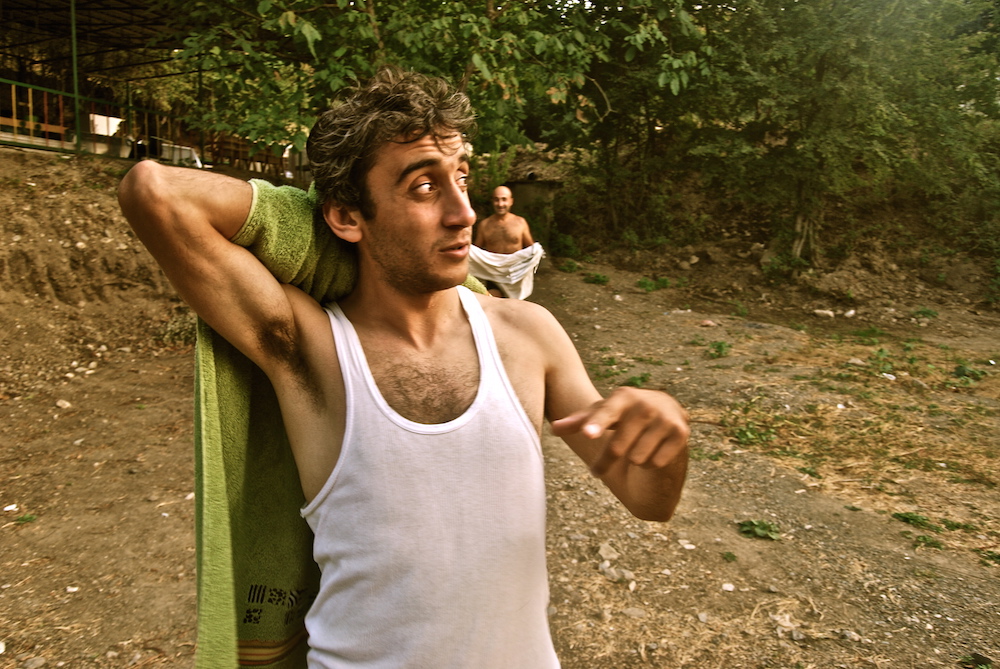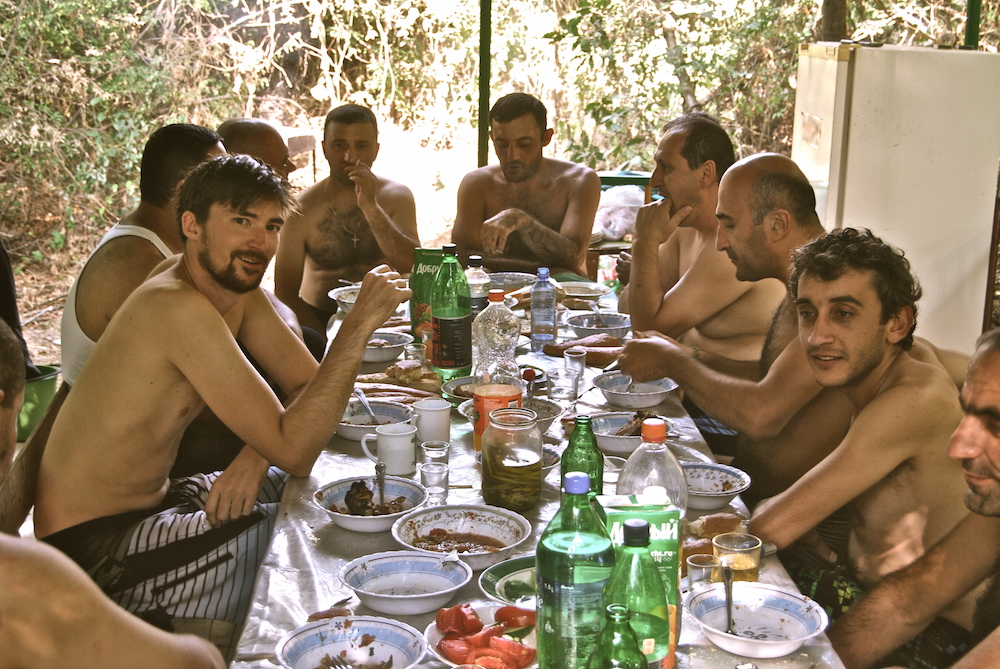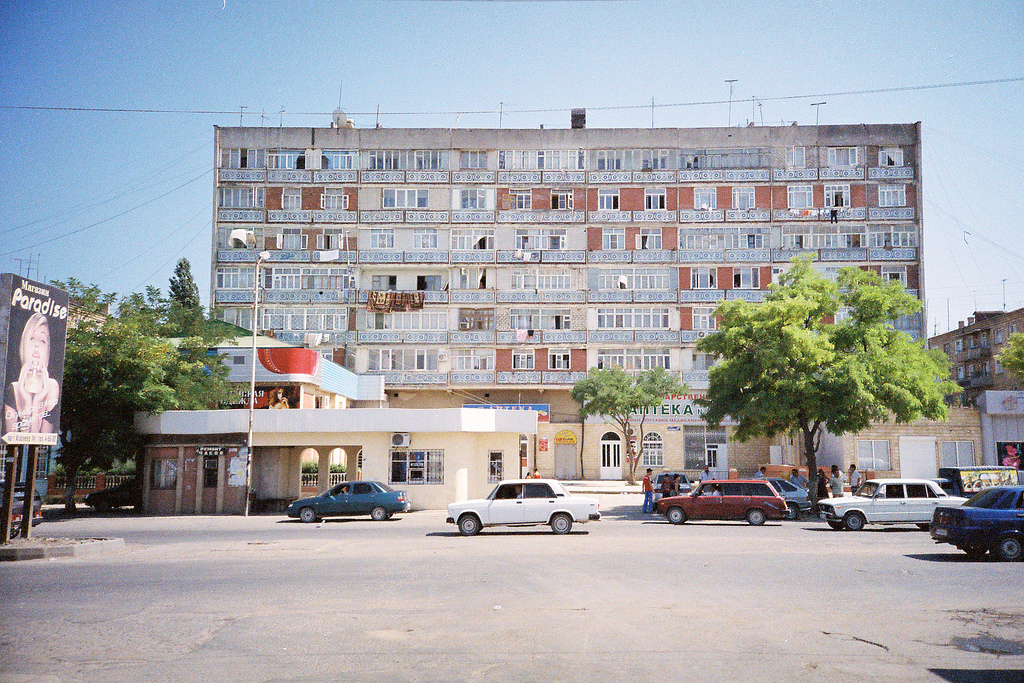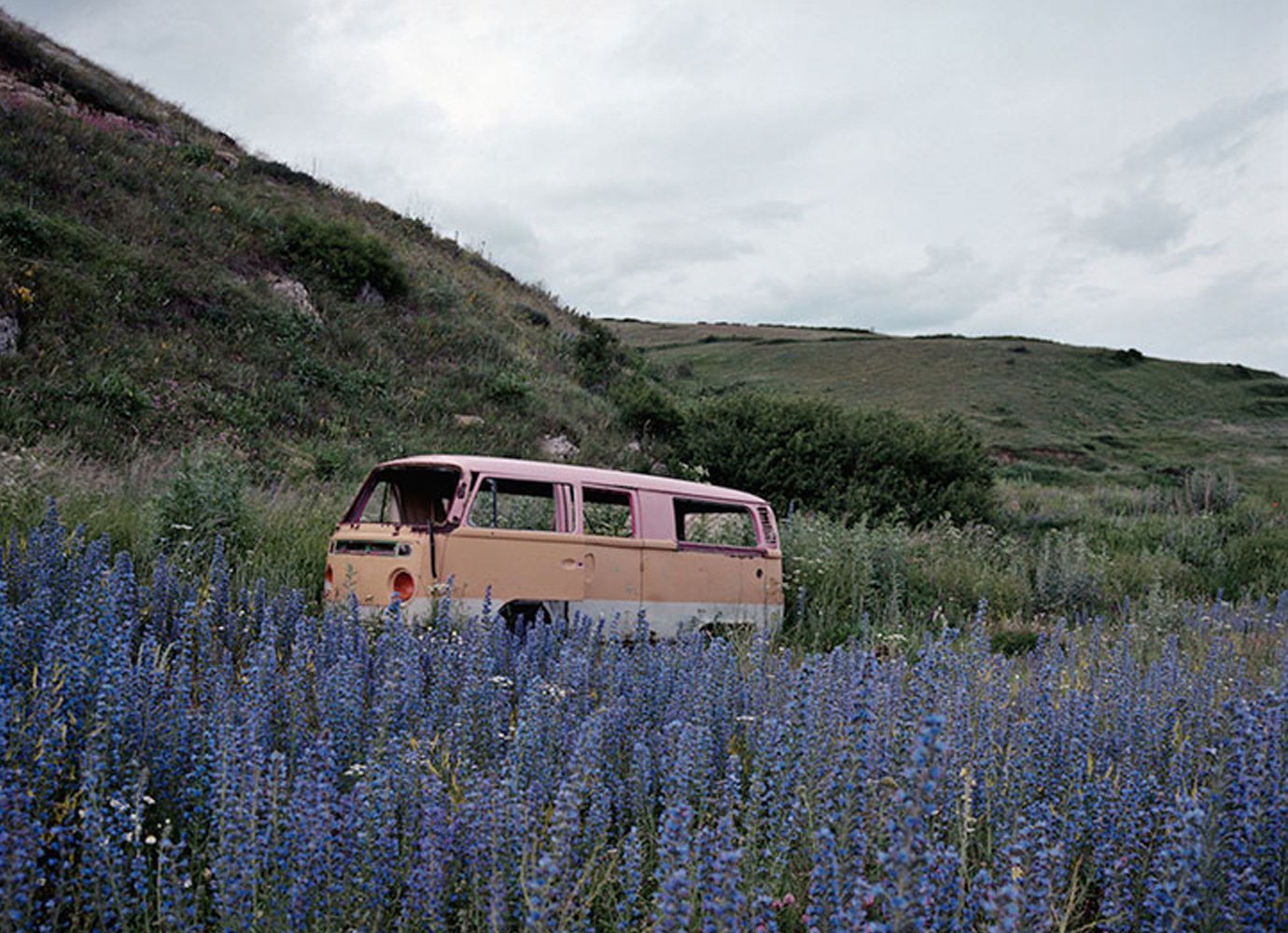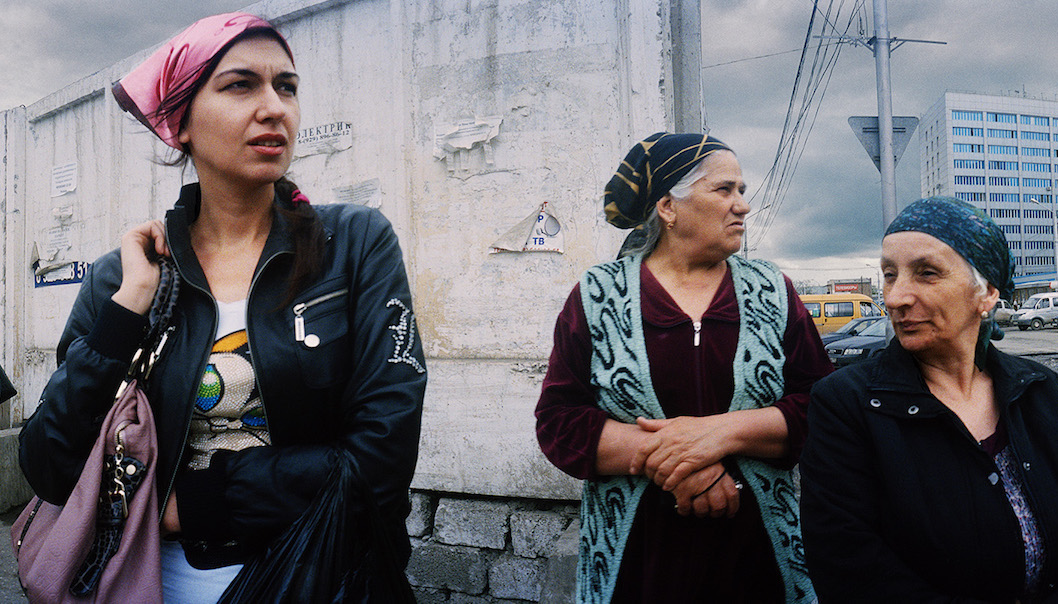Letter from: a pool party in Nagorno-Karabakh

A breakaway region in the South Caucasus, Nagorno-Karabakh has been in the midst of a frozen conflict between neighbouring Armenia and Azerbaijan since the 1990s. But, as Richard Ensor discovers, this doesn't stop locals having a good time
Crossing one of the world’s most contested borders is a nonchalant affair in the end. The guards of Nagorno-Karabakh greet us with neither guns nor aggression, but instead with the warmth that Armenians seem to display to westerners at all times. After the border checkpoint, our car starts twisting through the mountains again and the crucifix hanging below the rearview mirror flings itself left and right. Our driver answers questions from my friend and me, steering with one hand while the other gesticulates gracefully: “The people living here, they use Armenian currency, they have Armenian passports, they speak Armenian, they are Armenian…” he says, “But it’s complicated.”
He’s right. The Nagorno-Karabakh Republic is a breakaway territory nestled in the mountains between Armenia and Azerbaijan, a de facto republic recognised by no one. The UN would say we’d just driven into occupied Azerbaijani territory, even though the most recent census counted just six ethnic Azeris living here. Around 40,000 Azeris were driven out as a result of the war in the early 1990s, which killed 30,000 people and displaced a million more. The landscape here is beautiful but scarred, and the locals live with the spectre of war constantly hanging over them. A ceasefire from 1994 creaks uneasily while Armenian and Azeri troops remain permanently stationed on Karabakh’s eastern border, in trenches just 150 metres apart.
My friend and I almost didn’t come here. Karabakh had its bloodiest week in two decades just before we began our journey in the Armenian capital of Yerevan. Twenty soldiers died in border skirmishes, Azerbaijan’s President threatened war via his Twitter handle, and foreign governments issued travel warnings, yet the dark picture painted by news headlines was forgotten once we arrived. In fact, the mood was almost festive. Blessed with beautiful weather, Karabakh would celebrate its 21st birthday in a few days, the man in the passenger seat told me, adding that locals weren’t too concerned about the recent fighting. “The people here are used to it by now. It’s a part of life,” he says.
In this part of the world, relationships are everything. Armenians are famed for their fierce hospitality, and new acquaintances can become close friendships at a frightening pace. The more obliging tourists here often find themselves accepting invitations to family picnics and drinking sessions from locals, trying in vain to prevent their vodka glasses from being lovingly refilled. The two Armenian men sitting in the front of our car are Tigran and Asqanaz, hotel workers who have invited us to a pool party in the mountains near Stepanakert, Karabakh’s capital. We are attending a private celebration between Karabakhti men, a feast for their friend who is getting married the following day.
A wedding can be a rebellious act in uncertain times: it’s the boldest possible declaration of faith that your unstable world can still accommodate your life’s ambitions. A few years ago the Karabakh government started paying its citizens to marry each other and have children, in a move designed to boost the region’s population of 140,000 up to pre-war levels. The idea came from Karabakh-born Russian businessman Levon Hairapetian, who overheard a local father saying he couldn’t afford to pay for his son’s wedding until the family calf grew bigger. In 2008 Hairapetian sponsored a mass wedding in Stepanakert for 700 couples — 1% of the region’s population — in an extraordinary ceremony that courted international attention. Nine months after the wedding, long after the foreign media had returned home, the region’s sole maternity ward was overrun with women in labour and unable to cope with a new wave of little Karabakhtis. The government kept the money flowing to new mothers and fathers, and now the region’s birth rate is up 30% from the previous decade.
On this particular day, the women and children had stayed home: it was a day for men only. We arrive at the party and sit down to a char-grilled meal straight from the barbecue. The dozen or so guests are shirtless, passing salad bowls around and silencing the chattering table for toasts at every opportunity. At an Armenian dinner party, it’s perfectly normal to raise one’s glass of mulberry vodka and deliver five-minute sermons on the importance of mothers (“You need to have a good mother to become a good man”), children (“You care about this, you care about that, but then one day you have a child and you realise that nothing else matters”), and ethno-patriotism (“Some of us are from Karabakh, some are not, but we need to remember that we are all Armenians.”)
One of the men at the table is missing an eye, while another has a prosthetic leg. “These guys, they all work for the HALO Trust,” Asqanaz later told me. Their job is to remove land mines that are still there from the war so the land can once again be used for farming. It’s extremely dangerous work: Karabakh has one of the highest land mine accident rates in the world, and the region’s political status makes it difficult for NGOs to obtain funds to remove the remaining mines. “Not everyone who should be with us here today is still alive,” says Asqanaz.
After lunch the men, smiling with full stomachs, cool off in the swimming pool. The younger ones somersault and backflip into the water, coming back and forth from the table as a nearby car stereo blasts Armenian music. Full of vodka, I think about the trenches and soldiers along the border 60 kilometres away and wonder how this carefree day is even possible. These men who risk their lives cleaning up the old war are too busy enjoying life to worry about a new one, although maybe they need days like this more than most of us.
The following day, while the Karabakhtis nurse hangovers at the wedding, my friend and I venture out towards the eastern border. We hitchhiked to Tigranakert, an ancient city from before the time of Christ whose ruins were only discovered in 2005. After climbing a mountain near the small, abandoned Vankasar Monastery, we survey the view as vultures fly overheard. Just beyond the mist on the horizon, villagers in Azerbaijan’s most western settlements are going about their lives.
In the 1st century, before Armenia became the world’s first Christian nation, this old stone building was a guard tower. If the guards saw an enemy approaching in the valleys below they would ring the bells: other towers nearby would follow suit and the warning would soon reach the heart of Armenia.
We enter the monastery and see an Armenian-language bible at the altar, along with a few small pictures of Jesus and extinguished candles. Someone has been here, praying.










